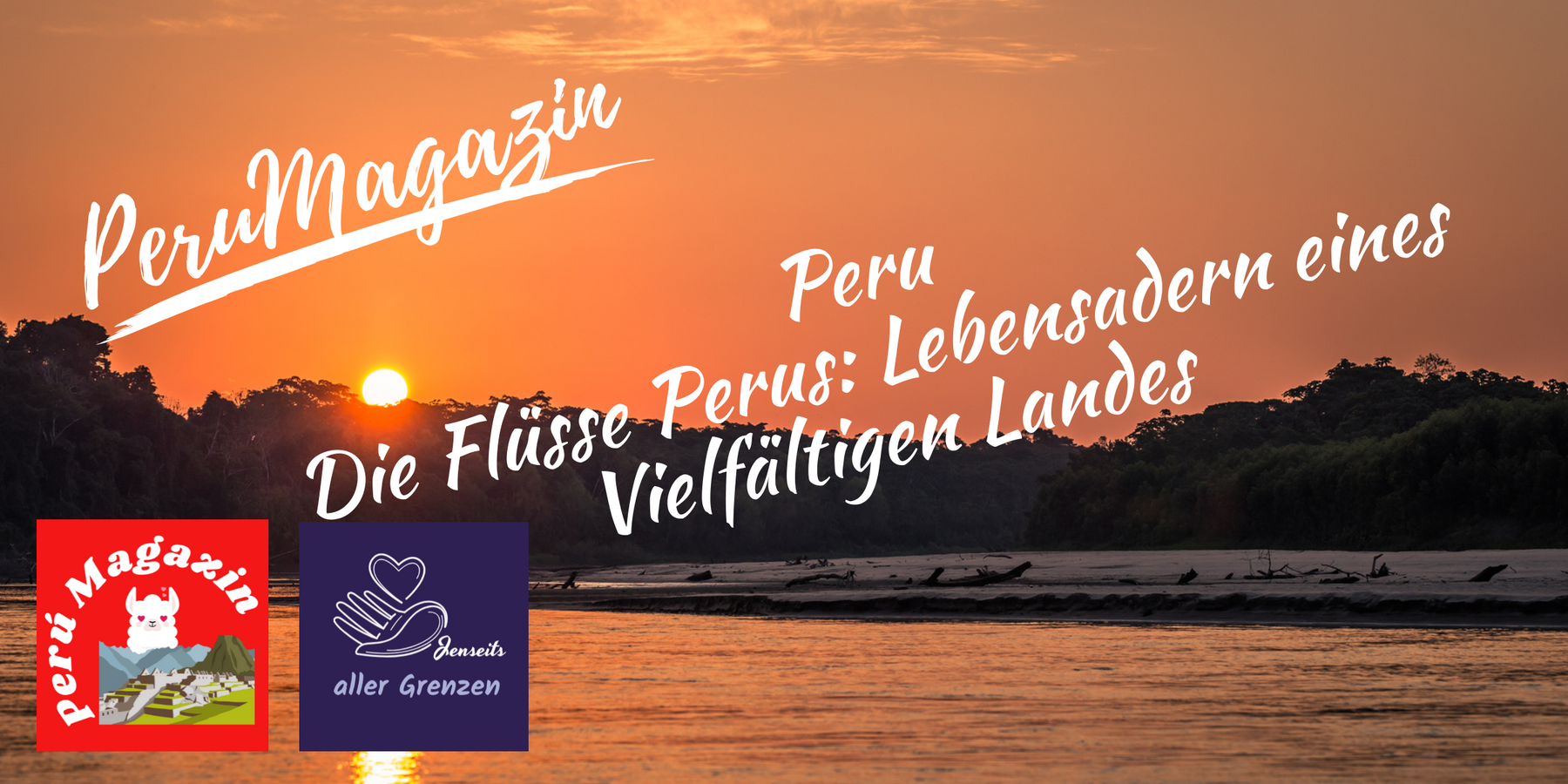
The rivers of Peru: lifelines of a diverse country
Peru, a country with a rich hydrological diversity, is crossed by numerous rivers of great ecological and cultural importance. These rivers originate in the Andes and flow through forests, deserts and lowlands, supplying the country with water and life. Here are some of the most important rivers in Peru:
1. Amazon (Rio Marañón)
- Length: Approx. 7,062 kilometers
- Origin: Confluence of Marañón and Ucayali in northeast Peru
- Course: Crosses the Amazon rainforest area in eastern Peru and is part of the Amazon basin.
- Significance: The Amazon is the longest river in the world and plays a crucial role in the water cycle and ecosystem of the Amazon rainforest. It is a lifeline for numerous animal and plant species.

2. Ucayali
- Length: Approx. 1,771 kilometers
- Origin: Confluence of Tambo and Urubamba in central Peru
- Course: Flows northeast and forms the Amazon with the Marañón.
- Importance: The Ucayali is one of the main source rivers of the Amazon and contributes significantly to the volume and diversity of the Amazon basin.

3. Hualaga
- Length: Approx. 1,138 kilometers
- Origin: Andean region in central Peru
- Course: Flows northeast and flows into the Marañón.
- Significance: The Huallaga is an important river in the Peruvian Amazon region and plays an important role in transportation and irrigation.
4. Marañon
- Length: Approx. 1,414 kilometers
- Origin: Andean region in central Peru
- Course: Flows northeast and joins the Ucayali to form the Amazon.
- Meaning: The Marañón is one of the main source rivers of the Amazon and flows through spectacular canyons in the Andes.
5. Mother of God
- Length: Approx. 1,600 kilometers
- Origin: Andean region in southeastern Peru
- Course: Flows northeast and flows into the Beni (part of the Amazon basin).
- Significance: The Madre de Dios is an important river in the Peruvian rainforest and plays a key role in the conservation of biodiversity.

Peru's rivers are not only vital for nature, but also for the human population. They serve as transport routes for trade and are an essential source of irrigation for agricultural land. In addition, these rivers have deep cultural roots and are of great importance in the history of Peru's indigenous peoples.
The diversity of Peru's rivers reflects the country's unique topography and geography and shows the importance of water as an elixir of life for people and nature in this fascinating region.



Leave a comment